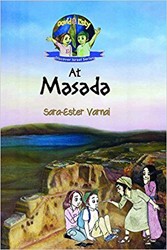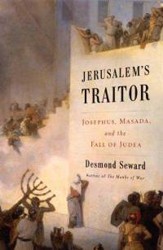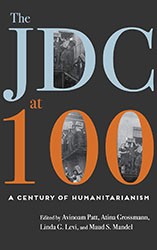In the category of “only in Israel” is surely Yigael Yadin, the archaeologist who became a public figure and whose discoveries thrilled the entire nation and remain legendary. His excavations at Masada in the 1960s and the two-thousand-year-old story of Jewish resistance against the Romans that his findings documented, spoke to the new state and its many citizens who rose from the Holocaust to build their country.
Yadin’s stature was not only as an archaeologist but also as an academic, a military man, and later, a politician, including a stint as deputy prime minister. But it is Masada, a UNESCO World Heritage Site, that has remained his legacy; even today the desert mountain-top is one of the most popular tourist attractions in Israel. The story of 967 Jews who, following the destruction of the Second Temple and of Jerusalem, held out atop Masada against thousands of Roman soldiers, then committed mass suicide rather than surrender, continues to inspire and fascinate.
In 1974 to 1976, one of Yadin’s undergraduate students at the Hebrew University of Jerusalem was Jodi Magness, whose endeavors continued far beyond those early studies in archaeology.
In her new book, Masada: From Jewish Revolt to Modern Myth, Magness re-examines the story of Masada, setting it in its historical context during the period of the Second Temple. As part of this she includes the fascinating stories of 19th century explorers who travelled to the area, many searching for biblical sites, but on their return provided valuable information about the inhospitable region. She addresses questions some scholars have today about the accuracy of the story of mass suicide, taken from the multi-volume The Jewish War by the Jewish historian Flavius Josephus. Yadin relied on it as the only account written contemporaneously about the siege of Masada.
Magness, who in 1995 co-directed excavations at an area of Masada that had not yet been fully explored, discusses the difficulty with the history as recorded by Josephus, yet in the end does not take a position either way. It turns out that archaeology is not as straightforward as an outsider might assume. Artifacts can be interpreted in multiple ways, and in this instance, cannot prove or disprove Josephus’s account. Is he a reliable historian, as we understand that today? The answer, she concludes, is beyond her expertise as an archaeologist. She therefore leaves it to scholars of Josephus to determine.
Magness has managed the difficult feat of writing for both the scholar and the interested non-specialist reader. There is plenty of archaeological detail and description, which comes with the history of the area as well as topics such as how the Jews got to Masada, how they survived, and how the desert fortress became part of the foundational story of the modern state of Israel.





